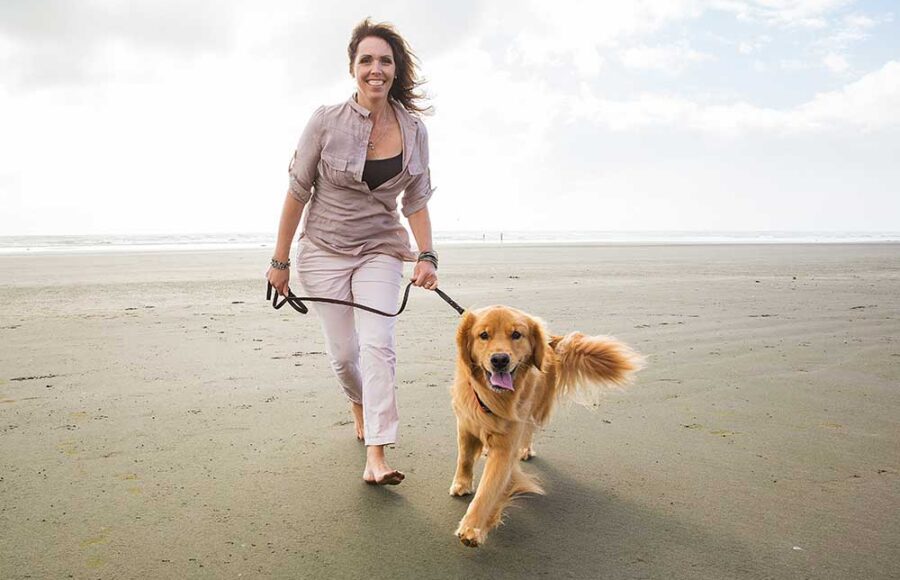
Dog Bite Prevention
Why do dogs bite?
Dogs bite for a variety of reasons, but most commonly as a reaction to something. If the dog finds itself in a stressful situation, it may bite to defend itself or its territory. Dogs can bite because they are scared or have been startled. They can bite because they feel threatened. They can bite to protect something that is valuable to them, like their puppies, their food or a toy.
Dogs might bite because they aren’t feeling well. They could be sick or sore due to injury or illness and might want to be left alone. Dogs also might nip and bite during play. Even though nipping during play might be fun for the dog, it can be dangerous for people. It’s a good idea to avoid wrestling or playing tug-of-war with your dog. These types of activities can make your dog overly excited, which may lead to a nip or a bite.
What you can do to prevent dog bites
Socializing your dog
Socialization is a good way to help prevent your dog from biting. Socializing your pet helps your dog feel at ease in different situations. By introducing your dog to people and other animals while it’s a puppy, it feels more comfortable in different situations as it gets older. It’s also important to use a leash in public to make sure that you are able to control your dog.
Being a responsible pet owner
Responsible pet ownership builds a solid foundation for dog bite prevention. Basics of responsible dog ownership that can help reduce the risk of dog bites include carefully selecting the dog that’s right for your family, proper training, regular exercise, and neutering or spaying your pet.
Educating your family
Educate yourself and your children about how—or whether—to approach a dog.
Avoiding risky situations
It’s important to know how to avoid escalating risky situations and to understand when you should and should not interact with dogs. You should avoid petting a dog in these scenarios:
- If the dog is not with its owner
- If the dog is with its owner but the owner does not give permission to pet the dog
- If the dog is on the other side of a fence—don’t reach through or over a fence to pet a dog
- If a dog is sleeping or eating
- If a dog is sick or injured
- If a dog is resting with her puppies or seems very protective of her puppies and anxious about your presence
- If a dog is playing with a toy
- If a dog is growling or barking
- If a dog appears to be hiding or seeking time alone
Paying attention to body language
Reading a dog’s body language also can be helpful. Just like people, dogs rely on body gestures, postures and vocalizations to express themselves and communicate. While we can’t always read a dog’s body language accurately, it can give us helpful clues as to whether a dog is feeling stressed, frightened, or threatened.




